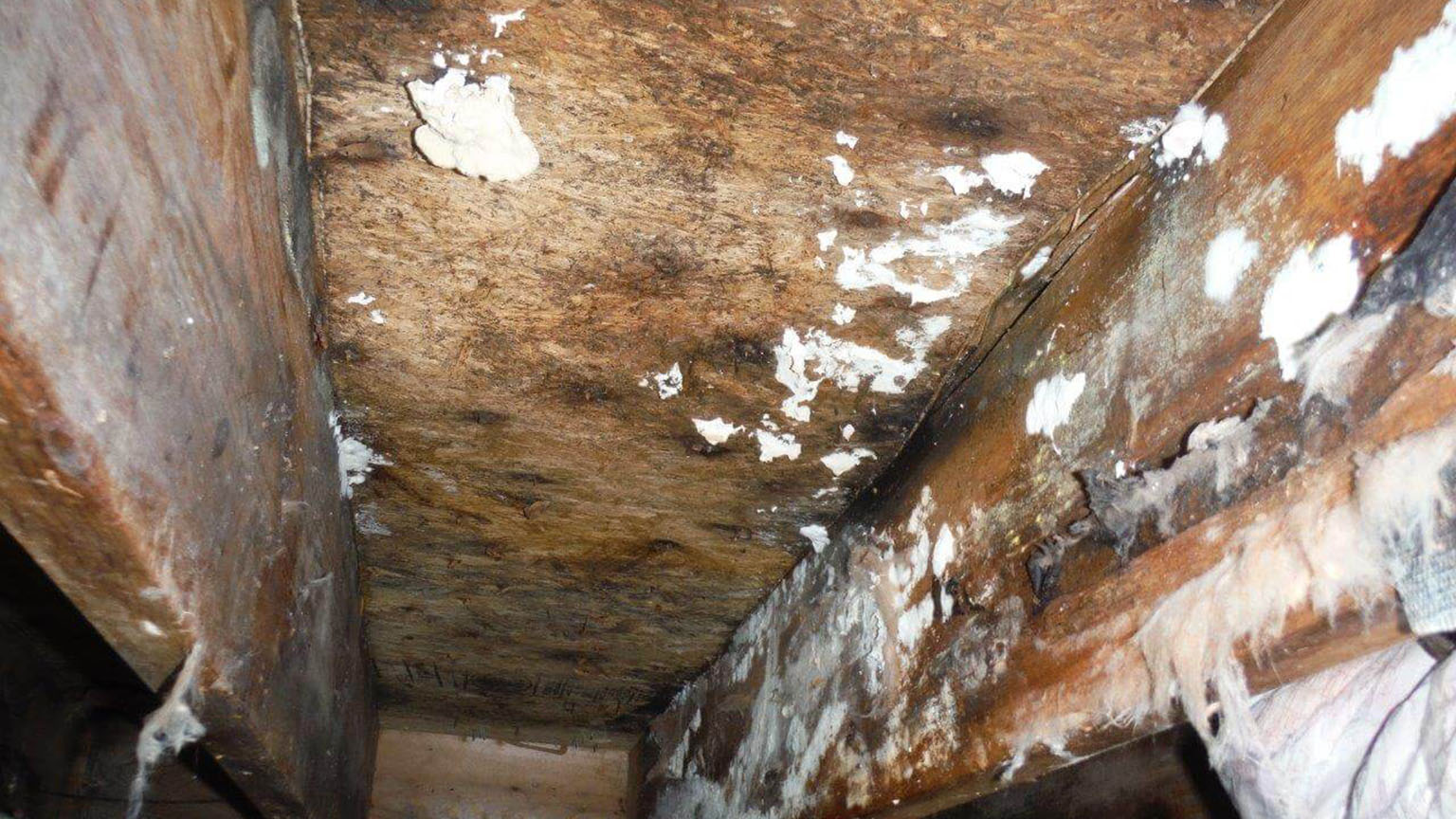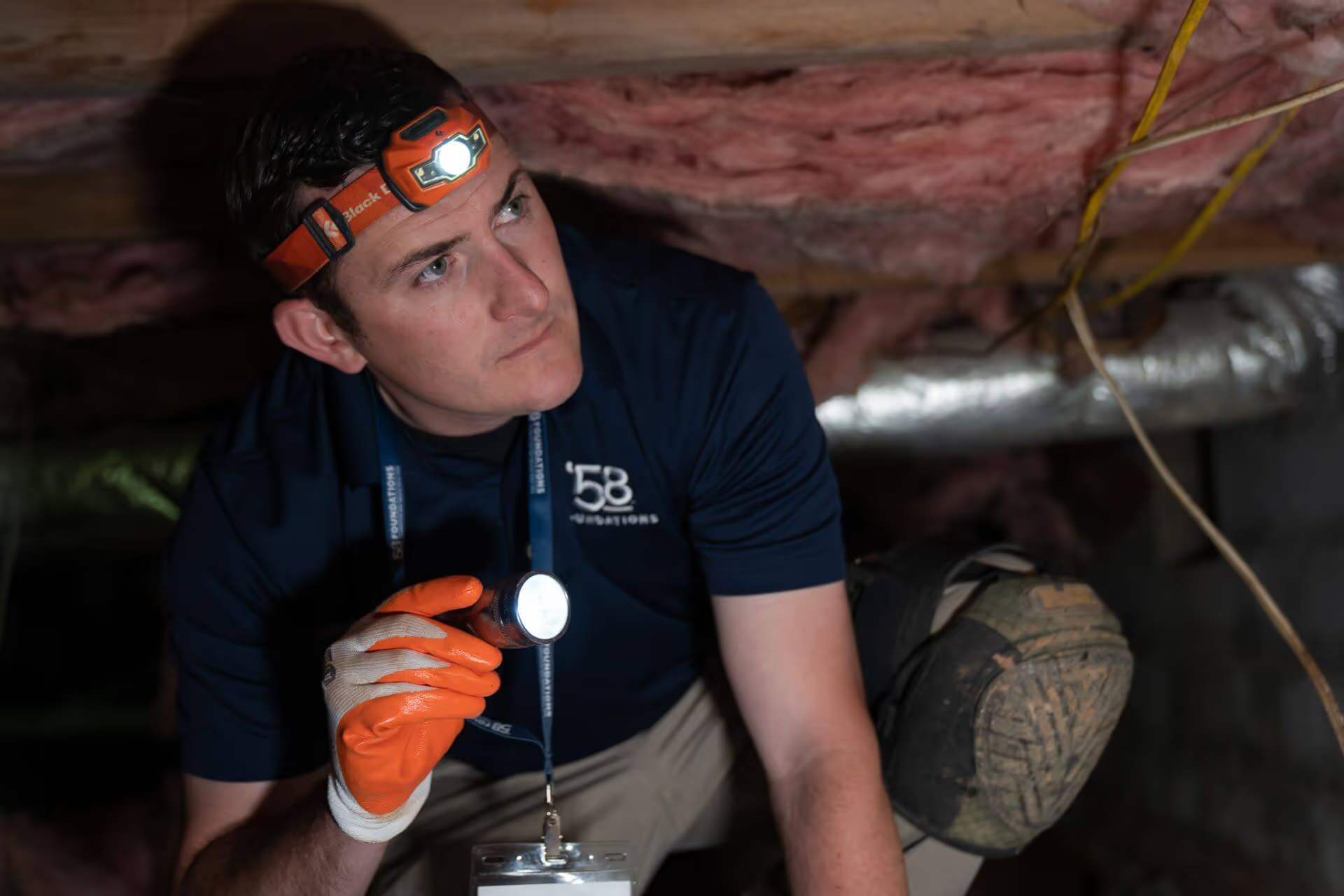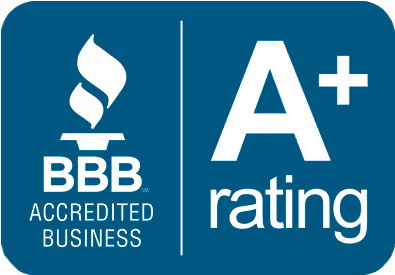
When you think of your basement, what’s the first thing that comes to mind? While many homes feature finished basements that provide additional living and recreational spaces, others are simply used as utility or storage spaces. But no matter what you use your basement for, all these below-ground floors share one thing in common: their tendency to collect excess moisture and grow mold.
As a homeowner, discovering mold in your basement can be an unsettling experience—especially since many types of molds produce microbial volatile organic compounds (MVOCs) that are harmful to human health. And even if your basement seems dry, mold could be lurking behind walls, underneath carpet, or below your furniture unknowingly due to moisture vapor or humidity seeping in from your foundation or leaky pipes.
Fortunately, there are a few ways you can prevent mold in your basement—and they all encompass reducing the chance of moisture hanging around in the lower-level of your home. These prevention methods include:
Before we break down just what these prevention methods entail, it’s important to understand what mold is, how it can grow inside your basement, and the different types of molds that could compromise human health.
Molds are fundamental to the decomposition process of all living things, but some molds can be extremely dangerous to human health. While spores from molds are constantly all around us, higher concentrations of spores from certain types of molds can cause severe allergic or toxic reactions in those who are sensitive to them. This makes finding mold growing in your basement concerning, as harmful spores could be released throughout your living space.
As we mentioned earlier, spores from molds are all around us, which means they are also floating throughout the air inside your home. Unfortunately, molds only need two things to grow indoors: excessive moisture and organic matter to grow on like drywall, carpet, ceiling tiles, wallpaper, insulation, or wood. When indoor areas of a home are exposed to high levels of moisture or humidity, mold can take hold quickly. This is especially true for basements, as these spaces typically provide poor ventilation.
Basement moisture can be caused by two main sources, including outdoor moisture sources and indoor moisture sources.
Outdoor Moisture Sources
Outdoor moisture sources include rain, floods, or groundwater—all of which can seep through cracks in your foundation or through improperly sealed window wells. Improper yard grading and clogged gutters can also play a role in moisture building in your basement.
Indoor Moisture Sources
Indoor moisture sources include leaky pipes, laundering clothes, over watering houseplants, and more. Anything in your home that causes high levels of humidity—which could include showering, cooking, or even breathing—and produces condensation can lead to a moisture-prone basement.
Types of Harmful Molds Found in Basements
The most common harmful molds found in basements include Cladosporium, Penicillium, and Aspergillus. Stachybotrys chartarum—otherwise known as “black mold”—is a rarer type of indoor mold. As a homeowner, knowing the specific species of mold that is growing in your home isn’t necessary, as any presence of mold should be addressed by a NORMI– or MICRO-certified professional with the proper knowledge and protective equipment. If you suspect mold is growing in your basement, contact ‘58 Foundations & Waterproofing today for your free mold remediation inspection and quote.
Preventing mold from growing in your basement starts with taking proactive steps to prevent moisture or humidity from building inside your home. Not only could these DIY moisture prevention methods reduce your chances of breathing in harmful mold spores, but they could also prevent costly structural repairs later down the road.
Repair Leaky Pipes and Insulate Them
Leaky pipes are a common moisture source in many homes, and they could be caused by improper installation or expansion over time that results in loose connections. Because leaky pipes are often difficult to find until it’s too late, it’s important to inspect your pipe infrastructure regularly for leaks or bad connections.
If you find a pipe that is leaking, be sure to apply plumber’s tape, a pipe joint compound, or give a professional plumber a call. If you live in an area with harsh winters, be sure to insulate your pipes prior to dropping temperatures. Uninsulated pipes could freeze and burst, which could cause a significant amount of water damage and mold growth.
Fix Cracks in Your Foundation
Cracks in your foundation that allow groundwater to seep through can quickly promote mold growth in your basement. Be sure to inspect your foundation thoroughly, both around the outdoor perimeter of your home and your basement walls, if possible.
If you find any cracks, fix them promptly with sealants such as flexible and expandable epoxy that won’t dry or crack. For even more protection, try adding additional outdoor downspouts to your gutter or a French drain system to push water away from your foundation. You can also remove landscaping that’s near any foundation cracks or add soil to the area to help promote better yard grading.
Seal and Insulate Windows and Window Wells
Improperly sealed basement windows or window wells can also lead to excess moisture in your below-grade floor. If you find condensation on your windows or feel air coming through their frames, be sure to seal any exposed area with a silicone latex-based caulk that’s designed to withstand inclement weather. For your window wells, installing window well drains and adding fresh gravel can help keep hydrostatic pressure from building near your basement windows. Additionally, installing window well covers will prevent water from getting into your window well entirely.
Keep Your Gutters Clean
Keeping your gutters clean and debris-free is essential to promoting proper water drainage away from your home. Be sure to check your gutters frequently and clear any blockages you find or have a professional install gutter guards for easy and worry-free maintenance. If your yard has poor grading, consider installing gutter downspout extenders to ensure water isn’t pooling near your foundation.
Ensure Your Yard is Properly Graded
Poor water drainage in your yard can lead to rain or groundwater pooling around your foundation. To ensure water moves away from your home and doesn’t put hydrostatic pressure on your foundation or basement walls, proper yard grading is essential. Grading your yard starts with figuring out how it’s sloped, as well as its high and low points. Using a load of dirt, you can then begin to add more dirt near your foundation and gradually taper off as you get closer to the low point of your yard. You can also hire a professional landscaper to regrade your yard.
Note: If the dirt you add to your yard isn’t properly packed, even regrading won’t always move enough water away from your foundation to prevent build up and hydrostatic pressure against your foundation walls.
Address Flood Water Immediately
Flood water from heavy rain, rivers, burst pipes, or sewage backups can easily make its way into your basement, regardless of the precautions you take. If this occurs, the speed in which you begin the clean-up process is important, as mold can start growing within 24-48 hours after water exposure. Be sure to remove all exposed items (e.g., furniture) from your basement immediately and place them in a well-ventilated area to dry. It’s also important to remove any wet carpet, drywall, or insulation, as these materials can grow mold quickly.
Once all wet items are removed, you must begin the drying process immediately. Eliminate any standing water with a wet-dry vacuum or a sump pump, and place fans and dehumidifiers in the room to speed up drying times.
Use a Basement Dehumidifier
Outside of cleaning up flood water, dehumidifiers are great tools to use if your basement is naturally prone to collecting moisture, humidity, or condensation. Before selecting a dehumidifier, it’s important to measure your basement’s square footage to ensure the one you choose has enough capacity to keep things dry. In some cases, more than one dehumidifier might be necessary.
Avoid Houseplants in Your Basement
While houseplants are a great way to spruce up your basement living space, their soil and leaves are the perfect breeding grounds for mold. The easiest way to reduce this risk is to avoid having too many houseplants in your basement or remove them entirely. If you decide to keep plants in the lower level of your home, be sure to avoid overwatering them, check on their soil frequently, and re-pot them with fresh soil if you start to notice mold or mildew.
Launder Responsibly
Many homeowners turn a portion of their basement into a laundry room, and moisture and humidity are produced during both the washing and drying process. If your laundry room is in your basement, try to run a dehumidifier nearby.
Book Professional Basement Waterproofing Services
Even with the most comprehensive DIY moisture prevention methods in place, water can still find its way into your basement and cause mold growth. To ensure your basement is protected from moisture and mold year-round, professional basement waterproofing solutions should be your first line of defense.
Exterior Waterproofing Services
Exterior basement waterproofing systems utilize a waterproof coating that covers your foundation, as well as a perimeter drainage system (sometimes referred to as a French drain or curtain drain). Unfortunately, exterior waterproofing solutions can be expensive, as they require heavy equipment to remove soil and landscaping away from your foundation to make way for the waterproof coating and drain system installation. Exterior drain lines can also clog with silt over time, which means the entire system will need to be dug-up a second time to make repairs.
Interior Waterproofing Services
Interior basement waterproofing systems are much more affordable and efficient over time. Rather than digging up soil to apply a waterproof coating and install a perimeter drain, interior basement waterproofing systems utilize a perimeter drainage system indoors. This system then collects water and carries it to a sump pump that automatically pumps water out of the basement.
Trust ‘58 Foundations & Waterproofing for Your Basement Waterproofing Needs
At ‘58 Foundations & Waterproofing, we’ve been experts in basement waterproofing solutions for more than 60 years. With our interior basement waterproofing system, we install perimeter drain lines right where your floor meets the basement walls, making the system largely hidden. These lines are then directed to a sump pit where a sump pump is installed. When water collects in the pit and triggers a float valve, the pump turns on and clears your basement of moisture.
Additionally, if your home features a crawlspace, our crawlspace encapsulation services will actively work to keep moisture out. By sealing all crawlspace vents and air gaps with foam insulation, and then sealing your floor, walls, and columns with a 20-millimeter-thick vapor barrier, you can rest assured your crawlspace will remain moisture-free.
Stop living with moisture and mold in your basement or crawlspace; contact ‘58 Foundations & Waterproofing today for expert waterproofing and encapsulation services.






We respect your privacy. By submitting, you authorize '58 Foundations and Waterproofing to reach you via call, email or text for information about your project needs. We will never share your personal information with third parties for marketing purposes. You can opt out at any time. Message/data rates may apply. Consent is not a condition of purchase. Privacy Policy